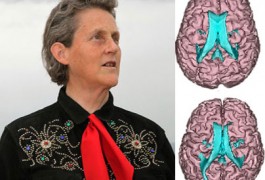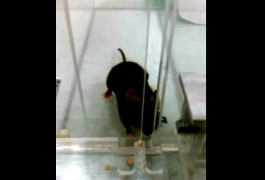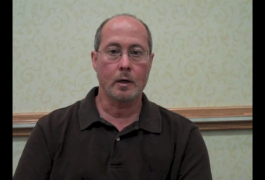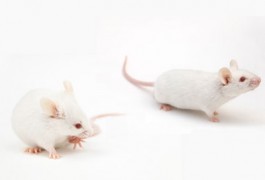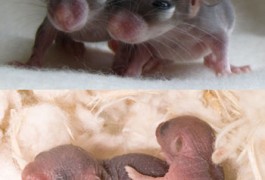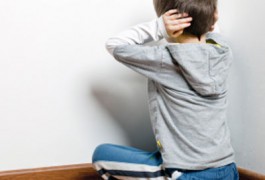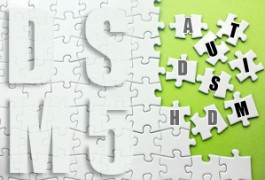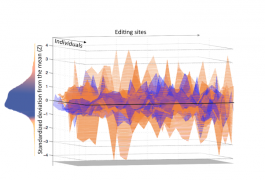Researchers reveal first brain study of Temple Grandin
Temple Grandin, perhaps the world’s most famous person with autism, has exceptional nonverbal intelligence and spatial memory, and her brain has a host of structural and functional differences compared with the brains of controls, according to a presentation Saturday at the 2012 Society for Neuroscience annual meeting in New Orleans.
